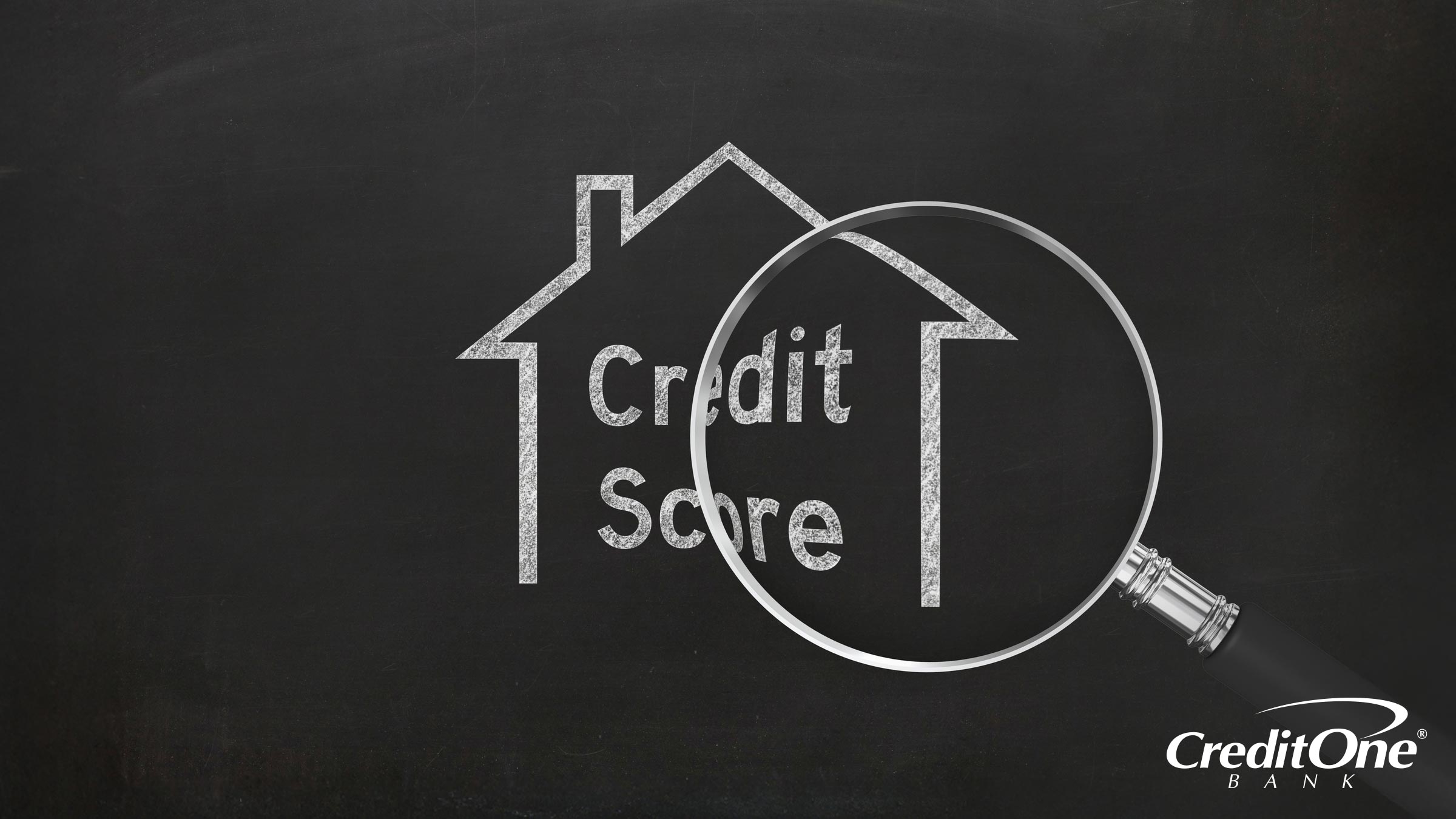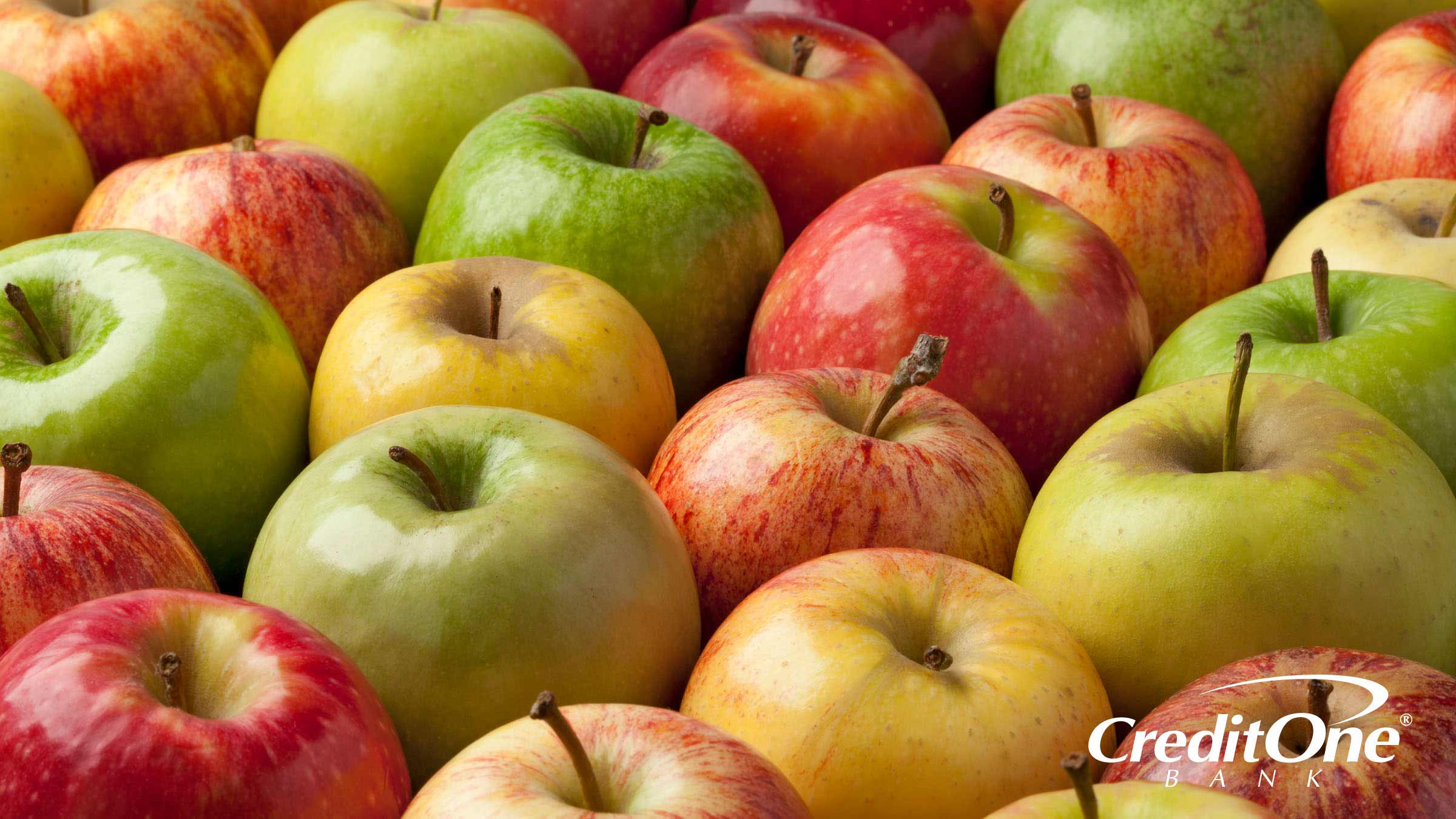
VantageScore vs FICO
October 02, 2025
Why are there two major credit scoring models? Find out all about the differences between them and how they’re calculated.

Introduction
You already know your credit score is a big deal. These three-digit numbers range from 300 to 850 and affect how likely you are to get credit, among other things. But if you’ve seen ads or articles mentioning FICO Score or VantageScore, you might be wondering what those are.
The short answer: They’re two different versions of your credit score, calculated and provided by FICO and VantageScore, respectively.
But the long answer can help you understand how credit scores work, why we have multiple credit scores, and what you can do to improve them.
Think of Your Credit Score as a Credit GPA
A grade point average (GPA) tells us how a student is doing in school at the time, but it also does a little bit more. Maybe you hear “4.0 GPA” and make some assumptions about hard work, good habits and acceptance letters.
Now, read that again and replace “4.0 GPA” with “excellent credit score.” Still works, right?
Turns out these uber-important numbers in our lives are a lot alike.
A credit score reflects how well a person is doing at managing their credit. Because credit scores are calculated using information from your credit reports, lenders can use them to make some assumptions of their own. In their case, they’re using past credit behavior to predict future credit behavior and minimize their risk.
And as with GPAs, higher is better. A higher credit score will help you get accepted when applying for credit, and likely with better terms, credit limits and interest rates.
What is VantageScore?
VantageScore is one of the two major credit scoring companies. It’s also the newer one, debuting in 2006 as a joint venture between the three major credit bureaus: Experian, TransUnion and Equifax.
VantageScore uses data on your credit reports from all three credit bureaus to produce a singular credit score. They can generate a credit score after you have at least one open credit account. The latest version of their model is VantageScore 4.0, but VantageScore 3.0 is still commonly used.
VantageScore 3.0 ranges
Very poor: 300-499
Poor: 500-600
Fair: 601-660
Good: 661-780
Excellent: 781-850
VantageScore 4.0 ranges
Subprime: 300-600
Near prime: 601-660
Prime: 661-780
Superprime: 781-850
What is a FICO Score?
Fair, Isaac, and Company introduced the FICO Score in 1989, and it remains the most-used credit scoring model to this day.
The latest version of their scoring model is the FICO Score 10 Suite. This includes variations like FICO Score 10 and FICO Score 10T, which measures trends. Their FICO Score 8 is still the most used.
FICO’s scoring model is based on credit data from just one of the three credit bureaus at a time — so you could have a slightly different FICO Score based on which bureau is used for that particular calculation.
To have a FICO Score, you need to meet two requirements. First, you need to have at least one credit account that’s been open for six months or longer. Second, you need to have at least one credit account that has had activity reported to the credit bureaus within the last six months.
FICO Score ranges
Poor: 300-579
Fair: 580-669
Good: 670-739
Very good: 740-799
Exceptional: 800-850
Why Might a FICO Score Differ from VantageScore?
You might get a different credit score from FICO than from VantageScore for a few different reasons.
Both companies use the same 300 to 850 range for credit scores and use similar factors and credit behaviors pulled from your credit reports, but they use entirely different scoring models to calculate where you fall within that range.
Both also use data from all the major credit bureaus, but to different ends. Remember, VantageScore generates one credit score with data from all three bureaus, while FICO creates distinct credit scores that each use data from one bureau.
So, it’s likely that your VantageScore and FICO Score are different, and so are your FICO Scores using Experian data, TransUnion data or Equifax data.
On top of that, consider the different versions of scoring models in use like VantageScore 3.0 and 4.0 or FICO 8 and 10. So there’s even more variation to be had.
And for one last point of difference: Each company has different names and cutoffs for their credit score ranges. A 669 FICO Score is “fair,” but a 669 VantageScore 3.0 is “good.”
So even if both your FICO Score and VantageScore are the same number — they can still differ in another way.
Which Credit Behaviors Matter in Calculating Credit Scores?
While both major credit scoring models use similar factors from your credit reports, they prioritize them differently. These are the factors and credit behaviors that make up each type of score:
FICO Score Calculation
Payment history (35%)
Credit utilization (30%)
Length of credit history (15%)
New credit (10%)
Mix of credit accounts (10%)
VantageScore 4.0 Calculation
Payment history (41%)
Credit utilization (20%)
Length and types of credit (20%)
Recent credit applications (11%)
Balances (6%)
Available credit (2%)
How to Get Your VantageScore and FICO Score
Perhaps you’ve heard that you’re entitled to a free copy of your credit reports by law. There might not be a similar law for credit scores, but there are still a few different ways you can check your credit scores for free.
First, see if your bank or credit card issuer offers it. These days, many financial institutions include free credit score access with an account. You just have to check their app or website.
If that doesn’t work — or if that only gets you access to one of the two types of scores — you still have other options to see them for free.
Free sources for your FICO Score include myFICO.com, which offers a score that uses Equifax data, and Experian Boost, which uses Experian data. TransUnion offers access to your VantageScore 3.0 as part of their free subscription service.
Bottom Line
Your credit scores can do a lot for you. At the very least, it’s good to be aware of what range you’re in, especially if you’re applying for credit or expect to apply for credit soon.
But if you’re checking your credit scores, is it worth worrying if one score is different from another? Probably not.
First, they can fluctuate since they’re based on the latest info in your credit report, they fluctuate all the time.
And unless there’s a massive difference between scores — which could mean there’s some kind of error in one of your credit reports — it’s better to focus on having responsible credit behavior. After all, good credit habits could help all of your scores go up.
If you’re looking for a credit card that includes free online credit score access, see if you pre-qualify for one from Credit One Bank. It only takes a moment and it doesn’t impact your credit score to check.
Jorge Labrador writes about credit-related topics that often come with a lot of questions, like pre-approvals, credit scores, credit building, and trending advice on social media. He's previously covered healthcare, travel, entertainment and more for nearly two decades. He likes to unwind by painting plastic fantasy miniatures, making a fancy cup of coffee or color-coding his budgeting app (again).



